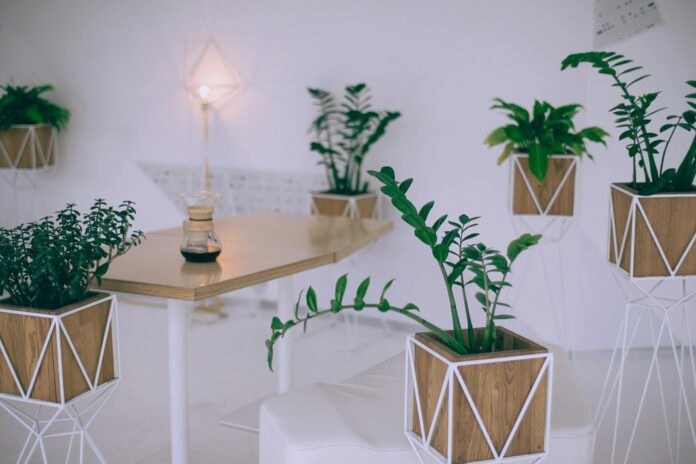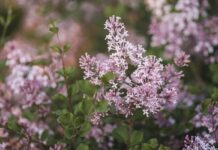They are an indispensable helper in growing both outdoor and indoor greenery. You can choose from various types, sizes, versions from different materials, and standard and exciting design solutions. What are the rules for buying flower pots?
First of all, they must be functional and suitable for growing plants. It is okay if they are attractive, but if, for example, they could be more spacious from the inside, they are usually unusable. When choosing pots, consider the interior or exterior style where you want to place them. Try to distinguish. Different types of pots require a more modern interior and exterior, while others require a traditional space. Pay attention to the quality; consider the color, size, and overall design or practicality. Remember that overdecorated pots can be a distraction from cultivated greenery. Think carefully about the size and weight of the flowerpot you buy. If it is heavier already in the store, what will it be after you fill it with substrate?
Functionality
 The pots where you will plant the plants must have a hole at the bottom to drain excess water. They are unsuitable for growing greenery if they do not have it, even if it is not indicated (you just need to break it). The roots of plants would not have an air supply in such a container; they would gradually begin to rot in the damp soil, and the plant would be in danger of dying. However, such a container can be used as a top cover. Just place a pot with a plant in it. Although the outer container has a rather decorative function, it should also fit into the environment and thoroughly cover the unsightly pot. Even the top container should not be excessively decorated; the greenery that is placed in it should always stand out.
The pots where you will plant the plants must have a hole at the bottom to drain excess water. They are unsuitable for growing greenery if they do not have it, even if it is not indicated (you just need to break it). The roots of plants would not have an air supply in such a container; they would gradually begin to rot in the damp soil, and the plant would be in danger of dying. However, such a container can be used as a top cover. Just place a pot with a plant in it. Although the outer container has a rather decorative function, it should also fit into the environment and thoroughly cover the unsightly pot. Even the top container should not be excessively decorated; the greenery that is placed in it should always stand out.
Many Materials
 Pots in which plants are directly planted are made of plastic, wood, clay, or metal. Metal vegetation containers are sought after mainly in recent times. They look modern and trendy and can be a great part of minimalist spaces. However, plastic flowerpots are the most widespread; their offer is pretty diverse. Plastic is a shape and color-stable material. These pots are easy to clean and disinfect. However, they are not permeable, and the substrate dries out more slowly in them, which can sometimes also lead to rotting of the roots of cultivated plants. When placing such containers outdoors, there is also a risk of overheating the substrate (especially in pots of darker colors). Plastic vegetation containers are affordable; they are also characterized by lower weight, which allows them to be moved more quickly. You can choose variants for both modern and traditional spaces.
Pots in which plants are directly planted are made of plastic, wood, clay, or metal. Metal vegetation containers are sought after mainly in recent times. They look modern and trendy and can be a great part of minimalist spaces. However, plastic flowerpots are the most widespread; their offer is pretty diverse. Plastic is a shape and color-stable material. These pots are easy to clean and disinfect. However, they are not permeable, and the substrate dries out more slowly in them, which can sometimes also lead to rotting of the roots of cultivated plants. When placing such containers outdoors, there is also a risk of overheating the substrate (especially in pots of darker colors). Plastic vegetation containers are affordable; they are also characterized by lower weight, which allows them to be moved more quickly. You can choose variants for both modern and traditional spaces.
The pots made of clay look most natural, even to the touch. Their disadvantage is they are more pricey and heavier, which causes more problematic relocation (if they are larger containers). Attention: these pots are fragile and can be damaged or broken if handled carelessly. However, they are characterized by high permeability; moisture gets out of the substrate faster through the walls; this growing container is the most acceptable for plant roots. However, cleaning the surfaces of such pots can be more problematic, they are often clogged with salts from fertilizers, and it is not easy to clean them. Although clay pots are more suitable for outdoor use, they are currently more popular when growing indoor plants. Wooden flowerpots also tend to be nice, but they are more suited to the exterior. Wood looks natural, although it is a more expensive material. The roots of plants tolerate wood excellently, and the combination of greenery and wood feels pleasant. The negative is the more limited durability of the wood.
Text: Daniel Košťál, photo: Pexels














